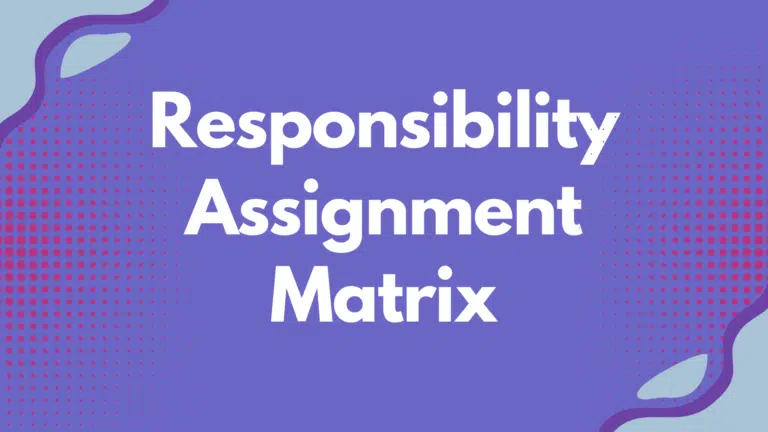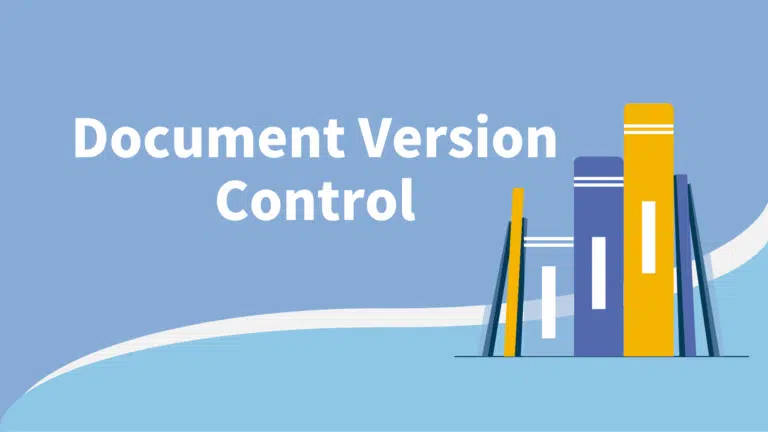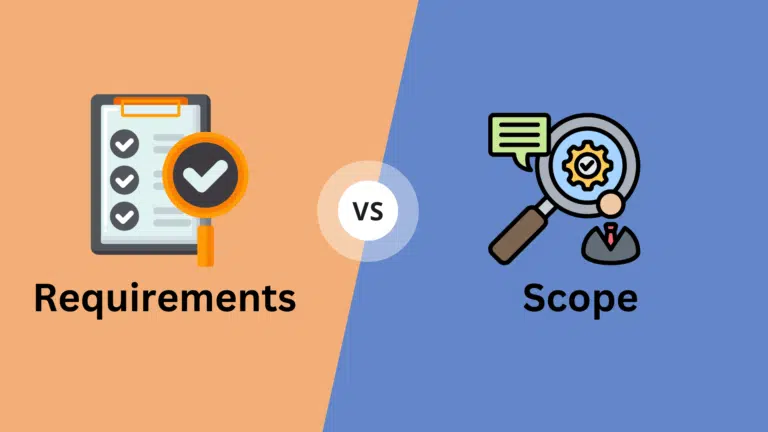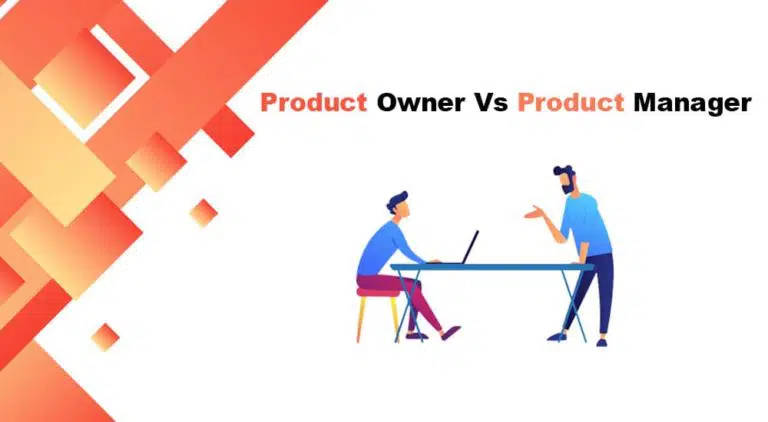In Agile methodology, collaboration and iterative product development are key to success. Implementing Five Scrum Events within this framework drives teams toward their product goals. These events, collectively known as the “Five Scrum Events,” provide a framework to plan, synchronize, inspect, adapt, and continuously improve the product.
Each event has a distinct purpose and brings unique benefits to the Agile process. By understanding each event’s objectives, activities, and significance, Scrum teams can harness their power to foster collaboration, drive transparency, gather feedback, and facilitate continuous improvement.
Five Scrum Events or Ceremonies
According to the Scrum Guide, the Five Scrum Events in the Scrum methodology are as follows:
- Sprint Planning
- Daily Scrum
- Sprint Review
- Sprint Retrospective
- Backlog Refinement
Scrum events are also knowns as Scrum ceremonies.
#1. Sprint Planning
Sprint Planning is the first Scrum event; it is a compass for the entire Scrum team that sets the course for successful iterations. The purpose of the sprint planning event is to allow scrum teams to collaborate, strategize, and define the path they will follow during the upcoming Sprint.
Sprint Planning builds a foundation for efficient and focused product development by aligning goals, selecting backlog items, and estimating effort.
This Scrum event has a time-boxed event of eight hours for a one-month Sprint. For shorter Sprints, the event can be shorter.
Objectives of Sprint Planning
Sprint Planning serves multiple purposes within the Scrum framework. First, it facilitates the communication and alignment between the Product Owner, who represents the stakeholders, and the Development Team.
Second, it defines the Sprint Goal—a concise statement outlining the team’s objective by the end of the Sprint. Lastly, Sprint Planning selects the items from the Product Backlog to form the Sprint Backlog. This Scrum artifact outlines the work to be undertaken during the Sprint.
Key Activities in Sprint Planning
To accomplish the objectives mentioned above, this Scrum ceremony encompasses several key activities that involve the Product Owner, the Development Team, and often the Scrum Master as a facilitator.
Product Owner Responsibilities
The Product Owner plays a crucial role in Sprint Planning by ensuring the Product Backlog is refined and prepared for the upcoming Sprint. They collaborate with stakeholders, gather feedback, and clarify user stories to understand the desired product increment clearly.
The Product Owner helps prioritize the backlog items based on value and business needs.
Development Team Responsibilities
The Development Team engages in Sprint Planning by analyzing the selected Product Backlog items, called user stories, and estimating the effort required to complete them. They break down user stories into smaller tasks, identifying dependencies and potential challenges. The team collaboratively commits to delivering a realistic set of work within Sprint.
Collaborative Decision-Making
Sprint Planning emphasizes the importance of collaboration and consensus. The Development Team and the Product Owner clarify requirements, address uncertainties, and determine the most effective approaches to deliver the desired increment.
Techniques such as Planning Poker, which involves estimating effort through group consensus, are often used for decision-making.
Sprint Planning is a critical event that sets the tone for successful Agile development. By aligning goals, selecting backlog items, and estimating effort, teams lay the groundwork for a productive and focused Sprint. The collaborative nature of Sprint Planning fosters shared understanding, enhances communication, and promotes transparency.
When approached with diligence and a commitment to collaboration, Sprint Planning helps team members follow the Agile journey with clarity, purpose, and a shared vision of success.
#2. Daily Scrum
In Agile development, the Daily Scrum Meetings or Daily Scrum event is a cornerstone of effective collaboration and synchronization. Also known as the Daily Stand-up, this short, time-boxed meeting provides a dedicated space for scrum team members to align their efforts, share progress, and identify obstacles impeding their path.
The Daily Meeting empowers teams to stay focused, maintain momentum, and maximize productivity by promoting transparency, communication, and adaptability.
Objectives of Daily Scrum
The Daily Scrum meeting serves many purposes within the Scrum framework. First, it enables team members to synchronize their activities and ensure everyone works towards the Sprint Product Goal. Second, it provides an opportunity to assess progress and identify potential impediments or roadblocks early on.
Lastly, the Daily Scrum fosters a culture of collaboration, knowledge sharing, and accountability, empowering team members to support one another and make informed decisions.
Key Activities in Daily Scrum
To achieve its objectives, the Daily Scrum incorporates key activities that promote effective communication and coordination among Scrum team members.
Stand-up Meeting
The Daily Scrum is conducted standing to encourage brevity and focus. Team members gather at a designated time and location, either physically or virtually. The meeting should be time-boxed to a maximum of 15 minutes to maintain efficiency.
Team Coordination and Transparency
During the Daily Scrum, each team member provides a brief update on the following three primary questions:
- What did I accomplish since the last Daily Scrum?
- What will I work on until the next Daily Scrum?
- Are there any impediments blocking my progress?
These updates foster transparency, enable the team to assess progress collectively, and identify potential bottlenecks or dependencies needing attention. It also highlights opportunities for collaboration, where team members can offer help or seek guidance when required.
Agile Adaptation
The Daily Scrum promotes the adaptive nature of Agile development. It allows the team to inspect the progress, adapt plans, and adjust to achieve the Sprint Goal. If any impediments are identified, the team can discuss potential solutions, escalate issues, or seek help from the Scrum Master or relevant stakeholders.
The Daily Scrum is a vital event that keeps Scrum teams synchronized, focused, and adaptable. The Daily Scrum empowers team members to navigate obstacles, maintain alignment, and make informed decisions by fostering transparent communication, collaboration, and problem-solving.
When conducted with discipline, brevity, and a commitment to active participation, the Daily Scrum catalyzes productivity and allows teams to deliver high-quality increments iteratively.
#3. Sprint Review
The Sprint Review event is a crucial milestone within the Scrum framework that enables Agile teams to gather feedback, showcase their accomplishments, and validate the progress made during the Sprint. The Sprint Review promotes transparency, collaboration, and customer satisfaction by engaging stakeholders, getting valuable input, and showing the completed work.
Objectives of Sprint Review
The Sprint Review meeting serves multiple purposes within the Scrum framework. First, it allows the Product Development Team to present the completed work to stakeholders, showcasing the value delivered during the Sprint. Second, it allows stakeholders to provide feedback, share their perspectives, and validate whether the product increment aligns with their expectations.
Lastly, the Sprint Review facilitates collaborative discussions to refine the Product Backlog and ensure that it accurately reflects the evolving needs of the stakeholders.
Key Activities in Sprint Review
To accomplish its objectives, the Sprint Review involves key activities that encourage collaboration, feedback gathering, and adaptation.
Demo and Feedback
The Development Team presents the completed work, highlighting the user stories or features implemented during the Sprint. The demonstration focuses on showcasing the functionality, demonstrating how it aligns with the desired outcomes, and addressing questions raised by the stakeholders.
This interactive session gives stakeholders an understanding of the progress and allows them to provide valuable feedback. This feedback will be used in the next Sprint Planning meeting.
Product Backlog Refinement
This Scrum event is not official in the Scrum guide but has been mentioned several times. The product backlog is one of the key Scrum artifacts.
During the Sprint Review, stakeholders and the Development Team refine the Product Backlog. This includes identifying new items, updating priorities, and incorporating insights gained from the feedback received. By actively involving stakeholders, the team ensures that the backlog accurately represents the evolving requirements and maximizes the value delivered in future Sprints.
Continuous Improvement
The Sprint Review serves as a platform for the team to reflect on Sprint’s successes, challenges, and lessons learned. It enables them to gather stakeholder insights and incorporate feedback into their ongoing improvement efforts. The team identifies opportunities for enhancing the product, adjusting processes, and addressing any areas of improvement that may have surfaced during the Sprint.
The Sprint Review fosters collaboration, feedback gathering, and continuous improvement within the Agile development process. By showcasing the completed work, gathering valuable input from stakeholders, and refining the Product Backlog, teams can align their efforts with customer needs, validate their progress, and enhance the quality of future iterations.
The Sprint Review promotes transparency and customer satisfaction and drives the iterative nature of Agile development.
#4. Sprint Retrospective
The Sprint Retrospective event is an essential component of the Scrum framework that catalyzes continuous improvement and team growth. This Scrum event allows Agile teams to inspect their processes, celebrate achievements, identify areas for enhancement, and commit to actionable improvements.
In this event, the Scrum team discusses how the Sprint went, interactions, processes, tools, and their Definition of Done (DoD).
Sprint retrospective can be two to three hours long, depending on the sprint duration. For a short sprint (one or two week sprints), the event can be one or two hours long.
By fostering open communication, fostering a culture of learning, and driving positive change, the Sprint Retrospective empowers teams to maximize their efficiency, adaptability, and overall success.
Objectives of Sprint Retrospective
The Sprint Retrospective serves multiple purposes within the Scrum framework. First, it allows the team to reflect on the completed Sprint, identifying successes, challenges, and opportunities for improvement.
Second, it encourages open and honest communication, creating a safe space for team members to voice their opinions, share insights, and contribute to their overall growth.
Lastly, the Sprint Retrospective aims to drive continuous improvement by identifying actionable items and committing to changes that will enhance future Sprints.
Key Activities in Sprint Retrospective
To achieve its objectives, the Sprint Retrospective incorporates key activities that promote reflection, discussion, and commitment to improvement.
Reflection and Discussion
During the Sprint Retrospective, the team reflects on the completed Sprint, examining the processes, practices, and interactions. This reflection is often facilitated through techniques such as a timeline review or generating a shared understanding of the Sprint events. Team members openly discuss what went well, what could have been improved, and any observations or insights they have gained.
Identifying Actionable Items
Based on the reflections and discussions, the team identifies actionable items that can drive meaningful improvement. These items may include process adjustments, skill development, enhanced communication practices, or addressing obstacles hindering productivity.
Techniques like the Start, Stop, Continue method or the Five Whys can dig deeper and uncover the root causes of issues, enabling the team to plan targeted actions.
Committing to Change
The Sprint Retrospective emphasizes the importance of commitment to change. The team agrees upon the identified actionable items and commits to implementing the improvements in the upcoming Sprint. Each team member takes ownership of their assigned tasks and actively contributes to their growth and continuous improvement journey.
The Scrum Master plays a vital role in facilitating this commitment and supporting the team’s efforts in implementing the agreed-upon changes.
The Sprint Retrospective is a pivotal event that drives continuous improvement and fosters a learning culture within Agile teams. Scrum teams can enhance their processes, collaboration, and overall performance by reflecting on experiences, engaging in open discussions, and committing to actionable improvements.
The Sprint Retrospective empowers team members to take ownership of their growth, address any challenges, and foster an environment of trust and transparency.
#5. Backlog Refinement
Backlog Refinement, an integral Scrum event, plays a critical role in shaping the success of Agile projects. This iterative process of reviewing, refining, and preparing the Product Backlog ensures it remains relevant, prioritized, and ready for the upcoming Sprints.
Backlog Refinement fosters clarity, alignment, and effective planning by engaging the Development Team, Product Owner, and other stakeholders in collaborative discussions.
Objectives of Backlog Refinement
Backlog Refinement serves several purposes within the Scrum framework. First, it ensures the Product Backlog is continuously refined, updated, and well-prepared. This process allows the team to clearly understand the user stories or backlog items, their priorities, and dependencies.
Second, Backlog Refinement fosters collaboration between the Development Team and the Product Owner, promoting a shared understanding of the product vision and enabling effective planning for upcoming Sprints.
Key Activities in Backlog Refinement
To accomplish its objectives, Backlog Refinement involves key activities that foster collaboration, prioritization, and readiness.
Product Backlog Grooming
During Backlog Refinement, the Development Team and the Product Owner review and refine the items in the Product Backlog. This process includes breaking down larger user stories into smaller, more manageable ones, ensuring clarity and a shared understanding of the desired outcomes.
Techniques such as user story splitting, the definition of acceptance criteria, and effort estimation enhance the granularity and quality of the backlog items.
Collaborative Discussions
Backlog Refinement encourages cross-functional collaboration between the Development Team, Product Owner, and other stakeholders. The team gains insights, resolves uncertainties, and clarifies requirements through collaborative discussions.
These discussions help ensure that the backlog items accurately reflect the needs and expectations of stakeholders, promoting transparency and shared ownership of the product.
Keeping the Backlog Transparent and Ready
Backlog Refinement emphasizes the importance of keeping the Product Backlog transparent, up-to-date, and prioritized. The Product Owner maintains the backlog, ensuring it remains in sync with the evolving project requirements.
They collaborate with stakeholders, gather feedback, and refine priorities based on the business’s and customers’ changing needs. This ongoing effort ensures the backlog is ready for the upcoming Sprints and supports effective Sprint Planning.
Backlog Refinement shapes the success of Agile projects. Teams can enhance clarity, alignment, and planning by continuously reviewing, refining, and preparing the Product Backlog. Collaborative discussions, user story refinement, and backlog transparency enable the team to optimize their Agile practices, improve productivity, and deliver value-driven increments.
Embracing Backlog Refinement as a regular practice empowers Agile teams to adapt to changing requirements, foster collaboration, and ensure the readiness of the product backlog for successful Sprints.
Summary
In Agile project management, the Scrum framework provides a structured approach to iterative development and collaboration through five Scrum events.
Sprint Planning ensures the team is aligned and has a coherent action plan for the upcoming iteration. Daily Scrum event promotes transparency, communication, and collaboration, allowing the team to stay focused and adapt to changes effectively. The Sprint Review fosters collaboration, ensures customer satisfaction, and informs the team’s future decision-making.
The Sprint Retrospective culminates in actionable items that the team commits to implementing, driving continuous improvement, and enhancing their performance in subsequent Sprints.
Backlog Refinement enables effective planning, adaptability, and responsiveness to changes in requirements.
By embracing and executing these five Scrum events effectively, Agile teams can navigate their projects precisely and maximize their success chances.

I am Mohammad Fahad Usmani, B.E. PMP, PMI-RMP. I have been blogging on project management topics since 2011. To date, thousands of professionals have passed the PMP exam using my resources.







